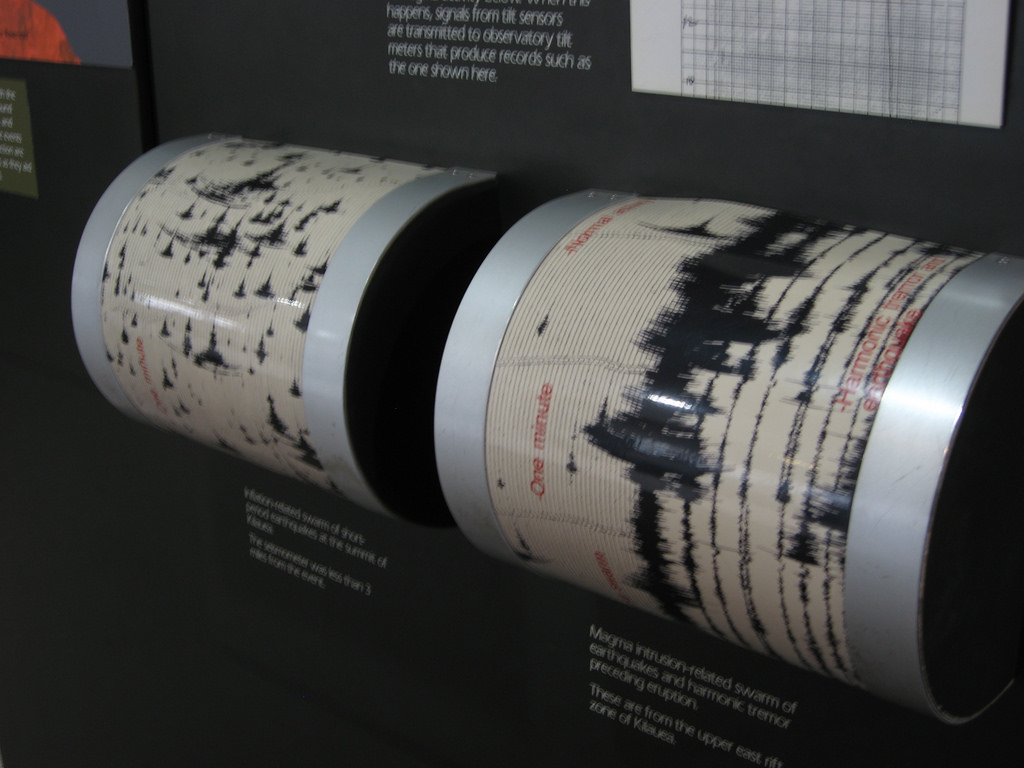
The Garlock Fault, which extends for about 186 miles across Southern California, is one such fault. According to the researchers, the Garlock Fault seemed to have "awakened" after 500 years of slumber after being hit by a string of tremors from the Ridgecrest Earthquake Sequence. The latter is considered by many to be Southern California's largest earthquake sequence in two decades.
The event began on July 4 with a magnitude 6.4 foreshock, which was followed by an even-larger mainshock that came about 34 hours later. This mainshock, experts said, had a magnitude of 7.1.
As noted by experts, while the sequence itself rattled most of Southern California, the strongest tremors were felt 120 miles or 190 kilometers north of Los Angeles near the town of Ridgecrest, hence its name.
More than 100,000 aftershocks shook the region in the following weeks, the NASA Earth Observatory said.
Earthquake sequence triggered chain reactions along faultline
As detailed in the journal Science, the tremors from the earthquake sequence triggered a chain reaction of slips and shocks along the Garlock Fault. This caused the fault itself to slip about 0.8 inches or 2 centimeters at the surface -- a movement that scientists have dubbed "fault creep." The land near the fault was also found to have moved, with the area on the west side of the fault seen to have moved by as much as 0.8 meters.
This movement, the researchers said, proves how misunderstood earthquakes are.
"It's going to force people to think hard about how we quantify seismic hazard and whether our approach to defining faults needs to change," Zachary Ross, an assistant professor of geophysics at CalTech said about their findings. Ross added that people should not assume that large faults are the most dangerous when it comes to seismic hazards since even smaller faults can link up to create major tremors. (Related: Scientists uncover link between low tide and earthquakes.)
The research team used data from both orbiting radar satellites and ground-based seismometers to piece together a far more complex picture of an earthquake rupture unlike those found in models of many previous large seismic events. What they found was nothing short of shocking.
According to the researchers, satellites observed the ruptures that reached the surface and the associated ground deformation extending out over 100 kilometers in every direction from the rupture, while a dense network of seismometers observed the seismic waves that radiated out from the earthquake. Together, this data allowed scientists to develop a model of subsurface fault slipping and the relationship between the major slipping faults and the significant number of small earthquakes occurring before, between, and after the two largest shocks.
Ross, in a statement, noted that the magnitude-6.4 quake simultaneously broke faults at right angles to each other. This, Ross said, came off as surprising, mainly because standard models of rock friction view this type of occurrence as being "unlikely."
Also, the researchers also reported detecting twenty faults that hadn't been discovered before the event itself, crisscrossing in a geometrically complex and geologically young fault zone.
According to the research team, the Ridgecrest Earthquake Sequence is proof that while massive earthquakes are likely caused by the rupture of a single long fault, major earthquakes can also be generated by smaller interconnected faults that, upon rupturing, act like cascading dominoes.
These findings, the research team said, have essentially overturned commonly-held assumptions about how major earthquakes occur.
"Over the last century, the largest earthquakes in California have probably looked more like Ridgecrest than the 1906 San Francisco earthquake, which was along a single fault," Ross said.
Read more stories about earthquakes and other natural disasters at Disaster.news.
Sources include:
Please contact us for more information.























